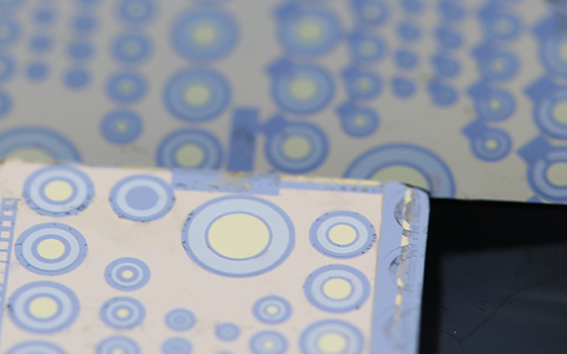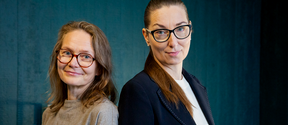New Industry partnership for solid-state cooling

Electroluminescent cooling (ELC) is an effect that appears when efficient light emission from an electrically injected light emitting diode (LED) leads to its cooling. The effect has been known for decades, but its demonstration at practical operating powers has been challenging. Researchers at the Aalto university are partnering with Finnish semiconductor producers Comptek Solutions to try to overcome these challenges.
Studies by Jani Oksanen’s research group in Aalto University have suggested that the electronic properties of the material can affect how effective it is at cooling. ‘Surface recombination at the mesa edges is an important bottleneck for observing the effect at small and intermediate current densities,’ said Dr Okansen, ‘it also plays a major role in enabling optical coolers to operate at high powers while maintaining extremely high efficiency. To design ELC devices for real-world uses, we would need a material with minimal surface recombination.’
Kontrox™ is an atomic level surface engineering technology developed by Comptek Solutions. It produces good quality, high symmetry, stable oxide structure on the surfaces of semiconductor materials. During the SuperDevice project, the effects of Kontrox will be studied in thermophotonic applications where complete elimination of all device losses is required.
As an industrial partner, Comptek Solutions will provide the facilities and research infrastructure to work on GaAs based optical cooler prototypes investigated at Aalto University.
Project SuperDevice aims to demonstrate the feasibility of Kontrox in enabling the hard-to-reach effect of ELC. This will have significant impact on global industry, and on allowing the design of new prototype structures utilizing the paradigm shift enabled by the near-zero surface recombination.
The project enables a mutually beneficial case study of using controlled oxidation in state-of-the-art compound semiconductor devices, potentially overcoming the limitations slowing down the development of optical cooling technologies that may later revolutionize solid state and general cooling applications.
Contact
Jani Oksanen
Aalto University
jani.oksanen@aalto.fi
Read more news

A new way to measure contagion: the gut bacterium behind blood poisoning can spread like influenza
Neither the antibiotic-resistant nor the highly virulent strains are the most transmissible.Tonmoy Saha Presents Textile Recycling Research at CIMANET Seminar
The CIMANET Research Seminar, held under the theme “Future Leaders in Circular Materials Bioeconomy,” took place on Thursday, December 4, at the Scandic Marina Congress Center in Helsinki.
Textile Chemistry Group Meeting Held
The Annual Meeting of The Textile Chemistry Group held on Thursday, December 11, uniting researchers, doctoral candidates, master’s students, and interns to present their advances in sustainable textile technologies.






